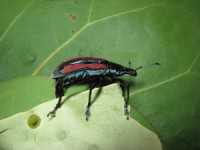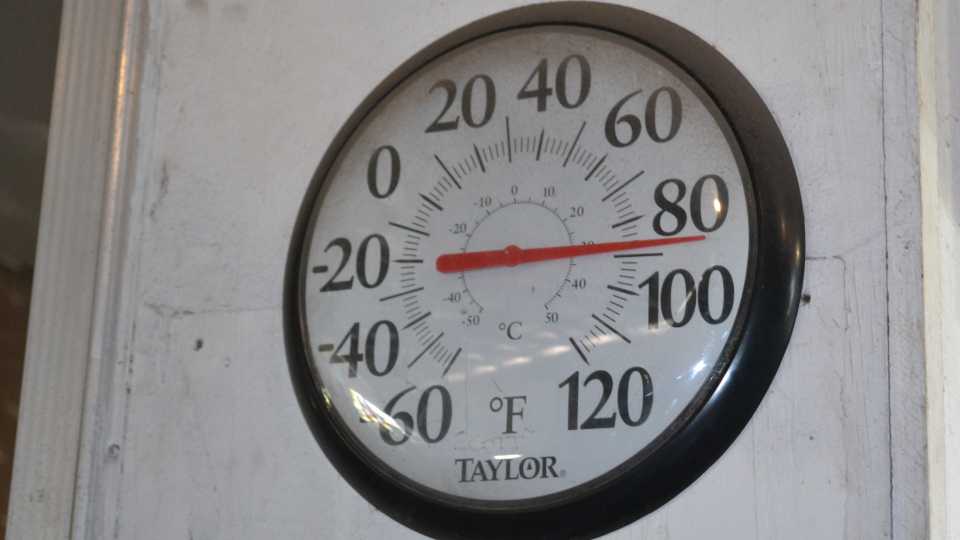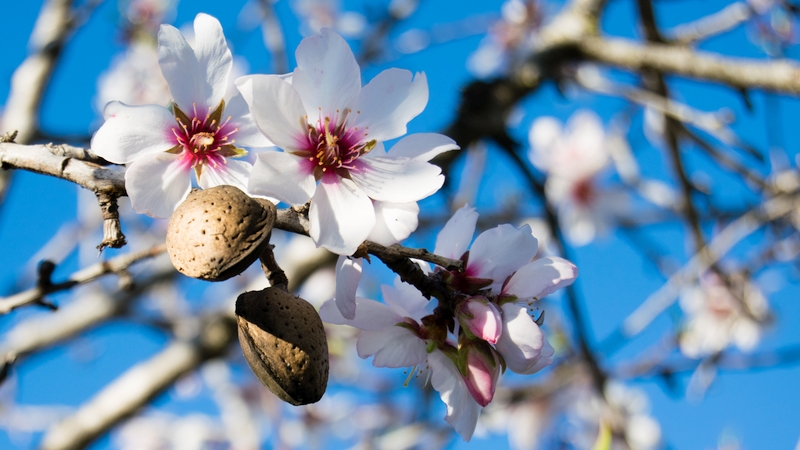New Citrus Pest Alert

According to Michael C. Thomas, taxonomic entomologist, Florida Department of Agriculture and Consumer Services, Division of Plant Industry, a photograph taken in June of a strikingly-colored weevil in the Bahamas and circulated by eMail was eventually identified as a member of the genus Exophthalmus similis Drury, previously considered endemic to Jamaica and a citrus pest there.
The genus Exophthalmus Schönherr includes more than 70 species, 36 of which occur in the Greater Antilles. Five species are known from Jamaica and all are considered to be citrus pests. It has been documented they and other citrus root weevils inflict $2 million-a-year losses on the citrus crop in Jamaica.
The two specimens collected by ornamental entomologist Suzanne Wainwright-Evans were found on Paradise Island, an islet just off the coast of New Providence Island, near the city of Nassau. The weevils were feeding on a seagrape tree (Coccoloba uvifera L.).
The genus Exophthalmus has not been recorded from the Bahamas, nor was it found during a recent survey of the beetles of the Bahamas. Its presence on New Providence places it two-thirds closer to Florida than it was in Jamaica, and reveals the existence of a pathway for its movement.
Exophthalmus similis can be distinguished from all other known Bahamian weevils by its large size (15mm to 31mm) and bold color pattern. The known biology of Exophthalmus species, are reported to be similar to that of Diaprepes abbreviatus (L.) and other root weevils. Eggs, which are laid in masses between two leaves of the host plant, hatch in about a week and the larvae fall to the ground and burrow into the soil. There they feed on the roots of the plant for seven to eight months, undergoing up to 16 molts, before pupating at a depth of about two feet. The adults emerge at the beginning of the Jamaican rainy season in March, at about the same time the citrus flushes new leaves.
The larvae are responsible for the most serious damage, previous research documentation cites when in sufficient numbers [they] may completely girdle the main roots with the effect of arresting the flow of mineral salts to the higher parts of the host plant. The leaves of such plants develop a chlorotic appearance, turn yellow and wilt.
Exophthalmus species are general feeders. An extensive list of host plants for Jamaica includes peanuts, coco plum, tropical almond, mango, papaya, cassava and breadfruit, as well as citrus.
For more information, photos, and for a list of research references, click here.
Source: FDACS, DPI










